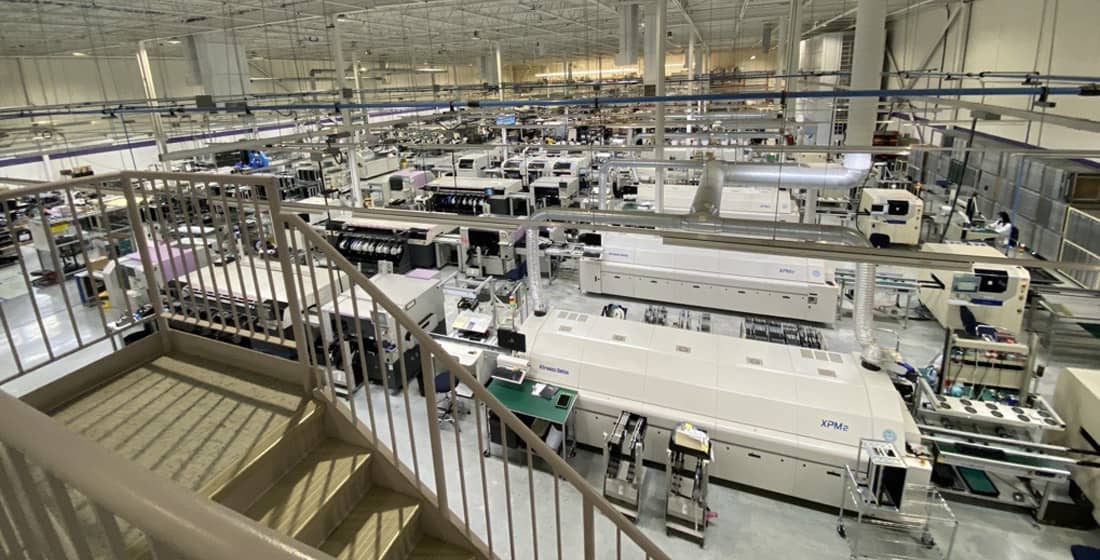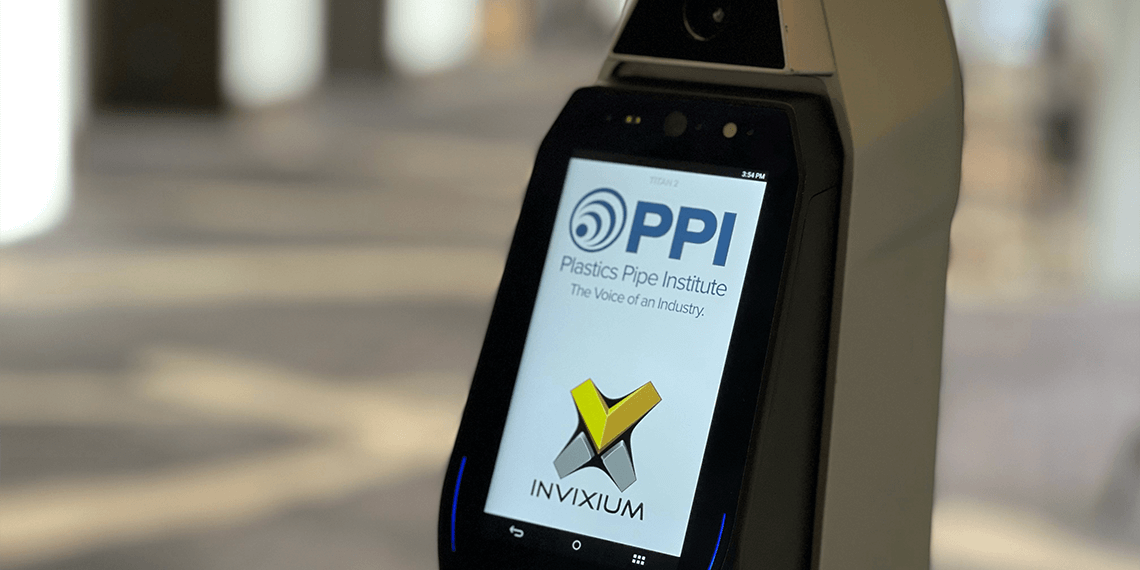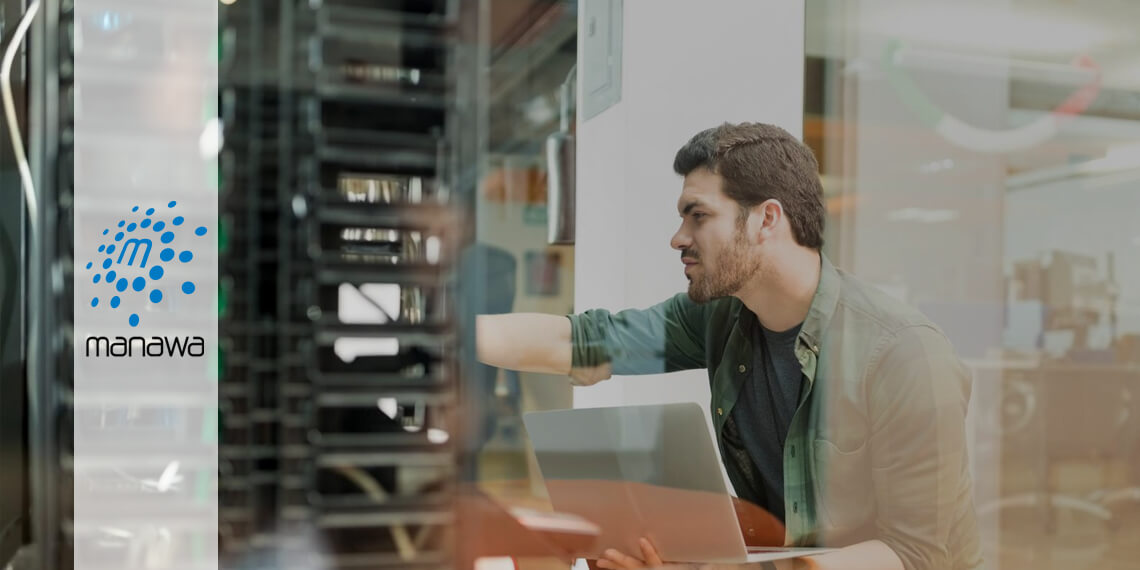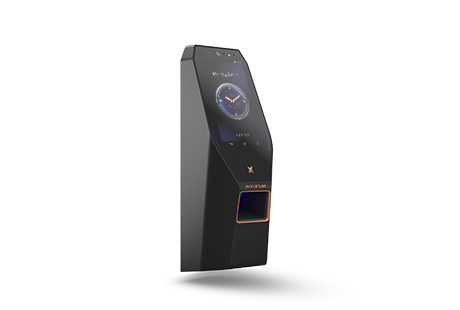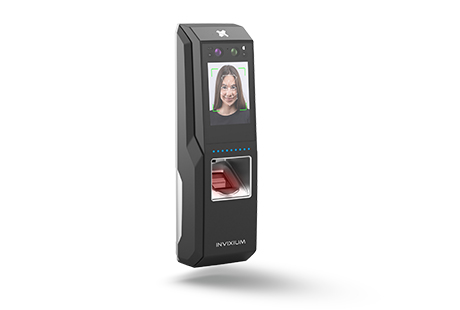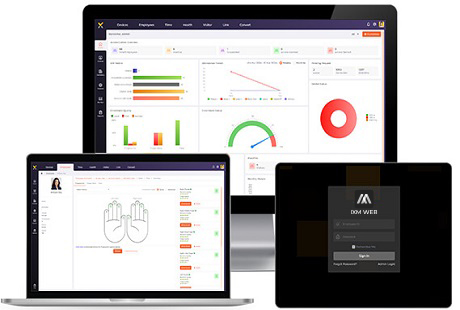Biometric Access Control Using High Throughput Face Recognition
Face recognition is one of the most talked-about technologies in biometrics and beyond for its ability to touchlessly authenticate individuals’ identities without ever pressing a button. Common in the consumer electronics industry among cell phones, tablets and laptops, face recognition is highly accessible and agile, able to adapt to any business’s security demands.
How Face Recognition Works
Like any other biometric, face recognition is all about matching. When a user is enrolled, the face recognition camera takes a snapshot - then the system's algorithm takes over to do the hard work.

Enrollment
An intelligent, automated process picks out unique data points on a person’s face and converts those points to an encrypted code that the solution can quickly recognize for fast matching later. These data points are facial details, like the distance between the eyes or the shape of the chin, but your facial recognition system understands and communicates the features in mathematical code.
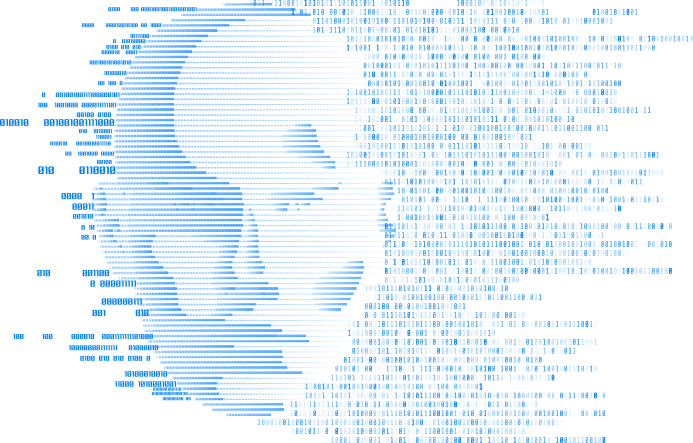
Matching
When someone who is enrolled steps up to the camera later on to gain access or track time, your system’s algorithm converts another snapshot to this encrypted code and compares it to all of the stored codes in its database. When it’s a match, the person is authenticated – and all this takes just a few seconds.

Encryption
The code used to store facial data is always encrypted at every stage of use: enrollment, communication and matching. No one will ever be able to decrypt this code and use it to make a copy of a person’s face to trick a good face recognition solution.
Invixium Face Recognition: A Cut Above
Invixium’s face recognition boasts powerful features to enhance user-friendliness and functionality, offering you and your user population the most refined experience available. When you choose Invixium, you’ll receive:
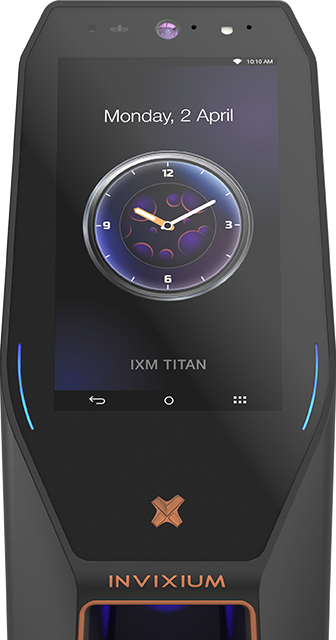
-
Incredible throughputs 25 to 28 people per minute
-
High functionality in dark or bright lighting
-
Industry-leading mask detection: authenticate individuals wearing partial face coverings like protective masks
-
Liveness detection to prevent nefarious individuals from spoofing others to gain access
Advantages Of Face Recognition In The Field
Speed
Fast authentication gets your staff and visitors through the door faster, minimizing potential bottlenecks
Security
People’s faces cannot be stolen or copied, so security managers can rest assured that only permitted individuals have access to secure locations
Accuracy
Unique biometrics and high throughputs increase time and attendance accuracy so you can attain high confidence in your payroll calculations
Durability
Solid construction and the on-board high-end camera offer peace of mind that nothing will compromise your face recognition system
Design
As a modern technology, face recognition comes with a “wow” factor that reflects today’s digital age and elevates the perception of wherever these relevant, elegant solutions are installed
FAQS
- How does the face recognition algorithm work?
-
Face recognition makes use of multiple features of the face that can be used together to uniquely identify a person. Examples of features that can be used are the shape of the nose and the distance between the eyes. In total, about 80 different features similar to the ones described are present on our faces and together those are referred to as nodal points. The biometric templates used for authentication are based on these nodal points.
Our face algorithm combines frontal imaging with top-tier accuracy and fast template generation in a small footprint, allowing for single-click enrollment and consistent authentication time even at full capacity. By design, our algorithm is based on sophisticated neural networks and machine learning hence is resilient to changes in facial structure and face coverings.
Our face recognition template is a mathematical representation derived from a raw image with sophisticated computations methods, making it secure and non-reversible. In addition, we augment the security of user data by using industry-standard AES encryption and TLS encryption for data communication between the device and our software. Our web-based software also uses HTTPS for data security over public networks.
- How can facial recognition technology be used to enhance security?
-
Face recognition is a convenient method to uniquely authenticate personnel and grant access to only authorized users, preventing potential security breaches that can happen via compromised passwords, data hacks, stolen access cards, or copied PINs. By using face recognition, organizations can ensure that only approved personnel have access to restricted areas or devices without worrying about lapses.
Invixium solutions leave the decision of the storage location of fingerprint, finger vein, and facial templates to the user. They have the option to store it on our EDGE devices, which have AES 128-bit encryption, on our software IXM WEB which has multiple layers of security, or on a smart card which is usually encrypted with user-defined specific keys.
All Invixium solutions store user biometrics in the form of templates that are generated using our highly secure proprietary algorithm. Every time a user enrolls on an Invixium device, we use the fingerprint/finger vein scanner or the camera on the device to capture the respective biometric image. This image is immediately converted into a template using our algorithm and the image is discarded. This template is then encrypted using AES 128-bit encryption before storage on the device or the software, providing extremely strong resistance against hacking and reverse engineering.
- What is the technology used in a biometric attendance system?
-
The most common technologies used in a biometric attendance system are face recognition and fingerprint recognition. Face recognition is slowly gaining momentum due to its touchless nature, ease of use, convenience, and speed compared to fingerprint recognition.
As the attendance system is related to workhours and payroll calculation, it is important to consider the security of the system and at the same time avoid buddy punching, which is a major problem in blue-collar industries. A biometric attendance system is the most straightforward solution to this problem.
- What are the benefits of using facial recognition for access control?
-
Some of the clearest benefits of using face recognition for access control are:
1. Touchless / Contactless – No user has to touch the device for authentication. This was crucial during the COVID-19 pandemic when people preferred not to touch common surfaces as much as possible to avoid the spread of germs.
2. Convenient – Facial Recognition is more convenient as the user does not have to remember to carry keys, fobs or cards or remember PINs and passwords. All one needs to do is to show up in front of the device and access is granted.
3. Fast – The authentication time on all Invixium face recognition solutions is less than 1 second. That’s faster than using a key or entering a PIN to open a door.
4. Accurate – The accuracy of Invixium face readers is amongst the best in the industry.




